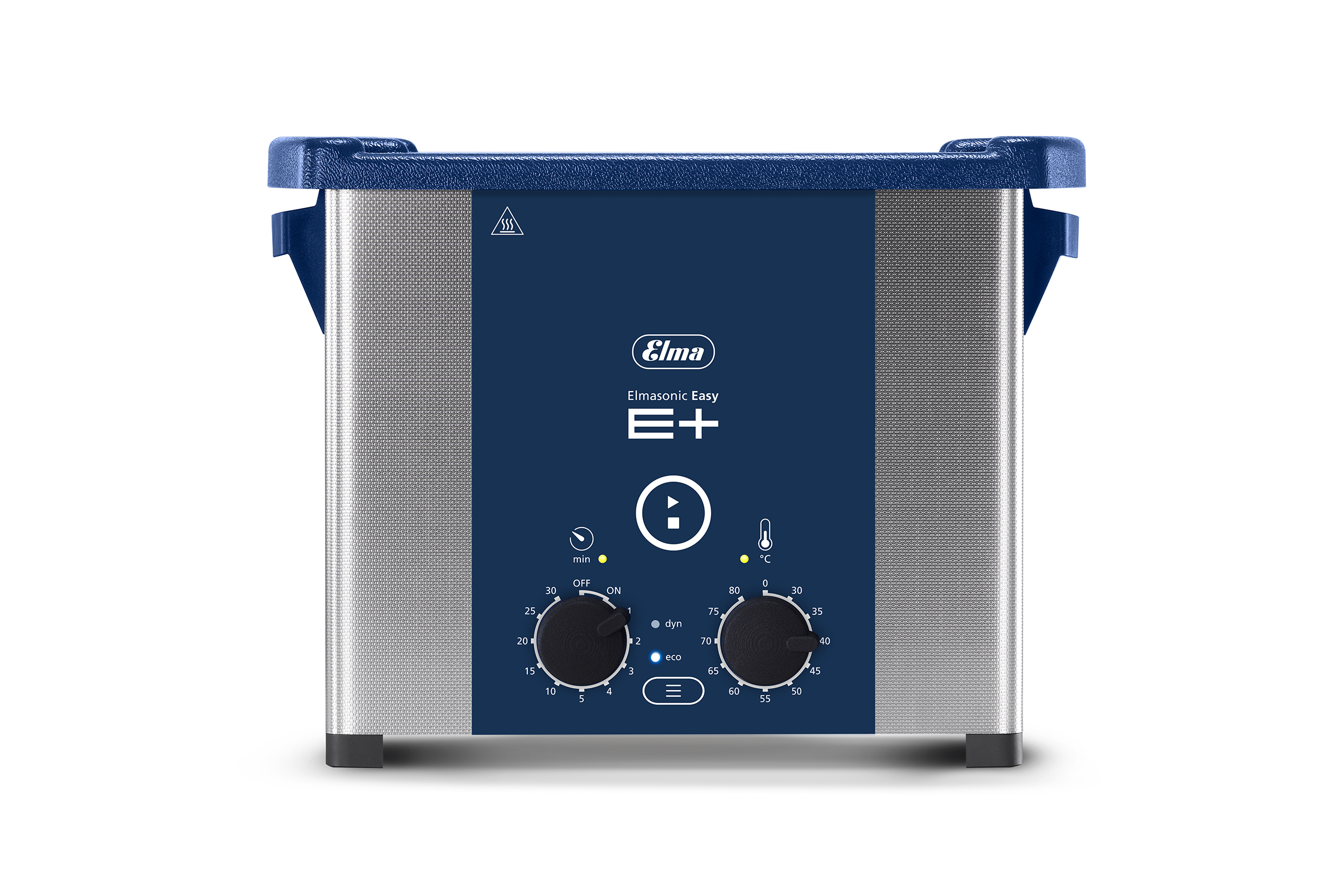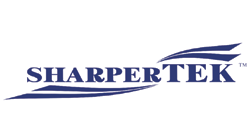How to Professionally Clean Brass Cartridge Casings
|
Let Us Help We can help you
find the perfect storage unit for your needs and budget. |
Cleaning then reloading once-fired brass cartridge casings can save shooting enthusiasts, rifle ranges, hunting clubs and law enforcement training centers a lot of money. While there are many approaches to clean brass cartridge casings, professionals rely on an ultrasonic cleaner for the job. Nothing beats ultrasonic cavitation for speed and thoroughness in removing powder and firing chamber residues, oxides and other contaminants on interior and exterior brass shell casings.
Ultrasonic cleaning once-fired brass has an advantage over using stainless steel media with dish soap and citric acid. The downside to this method is that steel media can erode brass and remove casing chamfer.
First, Thoroughly Inspect Brass Shell Casings
Collect once-fired brass cartridge casings immediately after firing if possible. Inspect them for dents, deformation or cracks.
De-cap the cartridges. Equipment can be purchased for this. Then wash the brass shell casings with soap and water to remove loose dirt.
Selecting an Ultrasonic Cleaner for Shell Casings
 There are a variety of sizes of ultrasonic cleaners available on the market. For cleaning once-fired brass cartridge cases, the professionals at iUltrasonic suggest the 0.75 gallon Elmasonic EP30H ultrasonic cleaner. Use it in combination with a beaker kit accessory (in this case not used for solvent cleaning). You'll also need fine mesh baskets to hold the brass cartridge casings in an upright manner.
There are a variety of sizes of ultrasonic cleaners available on the market. For cleaning once-fired brass cartridge cases, the professionals at iUltrasonic suggest the 0.75 gallon Elmasonic EP30H ultrasonic cleaner. Use it in combination with a beaker kit accessory (in this case not used for solvent cleaning). You'll also need fine mesh baskets to hold the brass cartridge casings in an upright manner.
We describe how to use this equipment combination in the following paragraphs.
The EP30H ultrasonic cleaner is equipped with a heater, timer, a sweep mode to provide uniform distribution of ultrasonic cleaning energy, and a pulse mode to degas fresh cleaning chemistries or to remove tenacious contaminants.
The kit consists of two 1,000 ml beakers, lids, a beaker supporting tank cover that fits over the cleaner, and rubber positioning rings that hold the beakers at the proper position in the tank. Two fine-mesh baskets sized to fit in the beakers are used to hold the shells.
The Shell Casing Cleaning Cycle
As explained below, cleaning shell casings is accomplished in the beakers, not in the ultrasonic cleaner tank.
STEP ONE: PREPARE THE CLEANING SOLUTION FORMULA
A suggested ultrasonic cleaning formula is concentrated, biodegradable elma tec clean A2. Use it at the recommended dilution to 10 percent in distilled water. This formula, in addition to removing contaminants, brightens brass shells due to its ammonia content.
Prepare the cleaning solution in a separate container according to the recommended dilution. If you wish, you can mix a large batch and store it for future use.
STEP TWO: PREPPING YOUR ULTRASONIC CLEANER UNIT
Add tap water to the fill line of the Elmasonic EP30H ultrasonic cleaner along with a few drops of a wetting agent such as dishwashing liquid. Doing this serves to break surface tension of the water and achieve better propagation of ultrasonic sound waves.
Turn your ultrasonic cleaner on to mix and degas the water and wetting agent. Activate the pulse mode to speed this process, which should take about 10-15 minutes.
STEP 3: CLEAN YOUR ONCE-FIRED BRASS
When you are ready, position once-fired brass shells the mesh baskets with the projectile opening facing down. This allows the cleaning solution to fill the shell interior because you have removed the primer cap. It is important not to overload the basket as that will decrease the effectiveness of ultrasonic cleaning energy.
Lower the baskets into the beakers.
Then add the diluted elma tec clean A2 cleaning solution to completely immerse the shells.
Insert loosely capped beakers through the holes in the cover you have placed on the ultrasonic cleaner tank. Use the positioning rings to support the beakers in the cover so that the beaker bottoms are approximately an inch above the tank bottom.
Ultrasonic cleaning energy penetrates the glass walls of the beakers to clean the shells.
With experience you will develop your own routine for cleaning once-fired brass. A suggested start cycle is at 35⁰C for 15 minutes.
THE FINAL STEP
Following the ultrasonic bath, wash casings in tap water and thoroughly inspect before drying. Professional dryers are available when shell cleaning is done at high volumes.
A Case Study on Cleaning Once-Fired Brass
The process described above is designed for shooting enthusiasts who clean shell casings on an occasional basis. An industrial version of the ultrasonic cleaner is used to clean an average of about 250 pistol casings a week and 200 rifle casings a month. You can read about it in this case study presented on the Tovatech website.
Ultrasonic Cleaning Solution Maintenance
Contaminants removed when cleaning once-fired brass remain in the elma tec clean A2 solution. Eventually cleaning efficiency will drop off and the solution must be replaced. While this solution is biodegradable, you should check with local authorities on proper disposal methods.
For unbiased help in selecting an ultrasonic cleaner that meets your needs, contact the iUltrasonic professionals via chat or phone.






